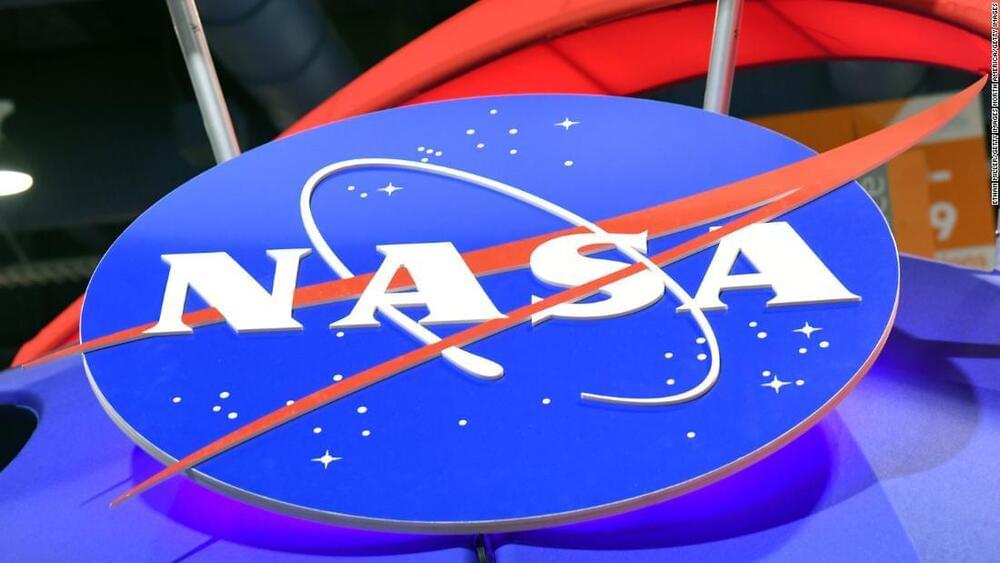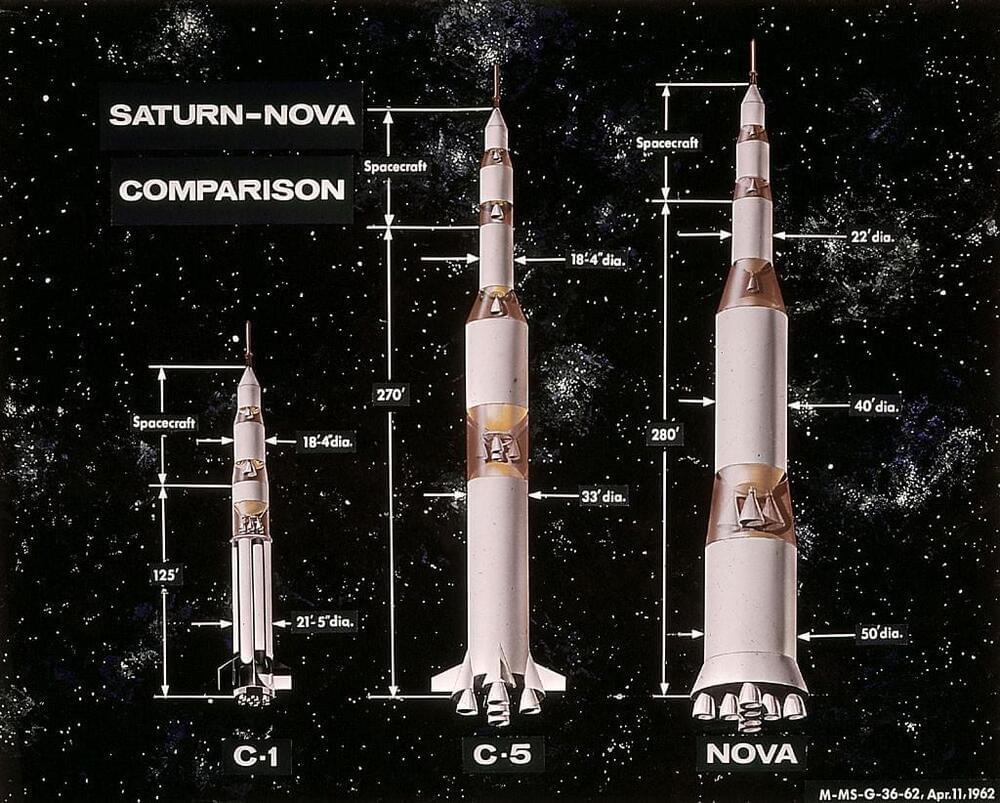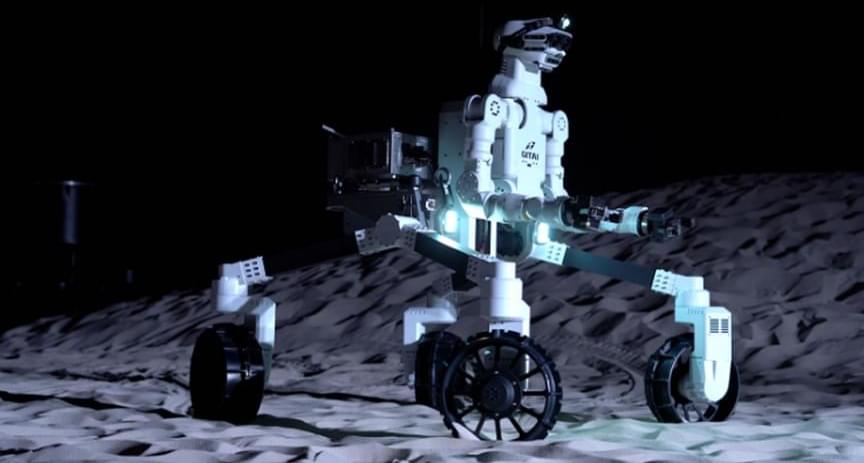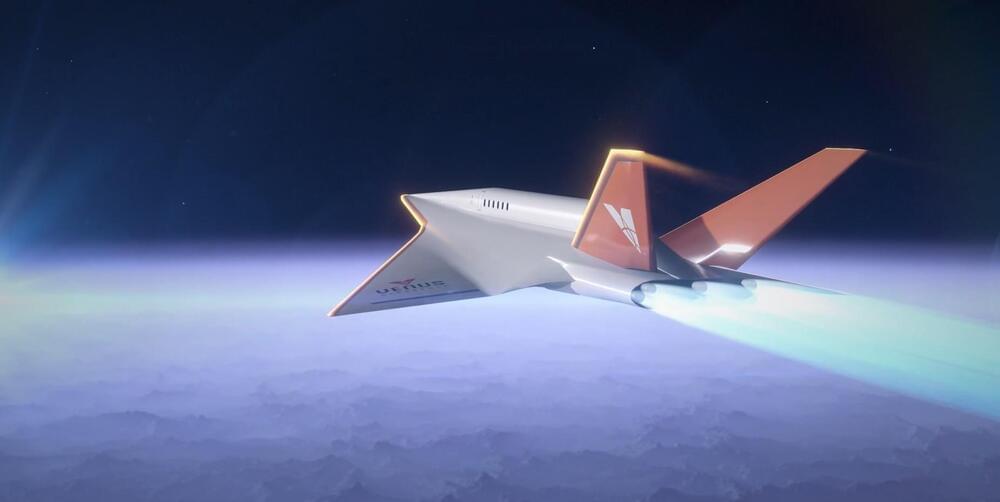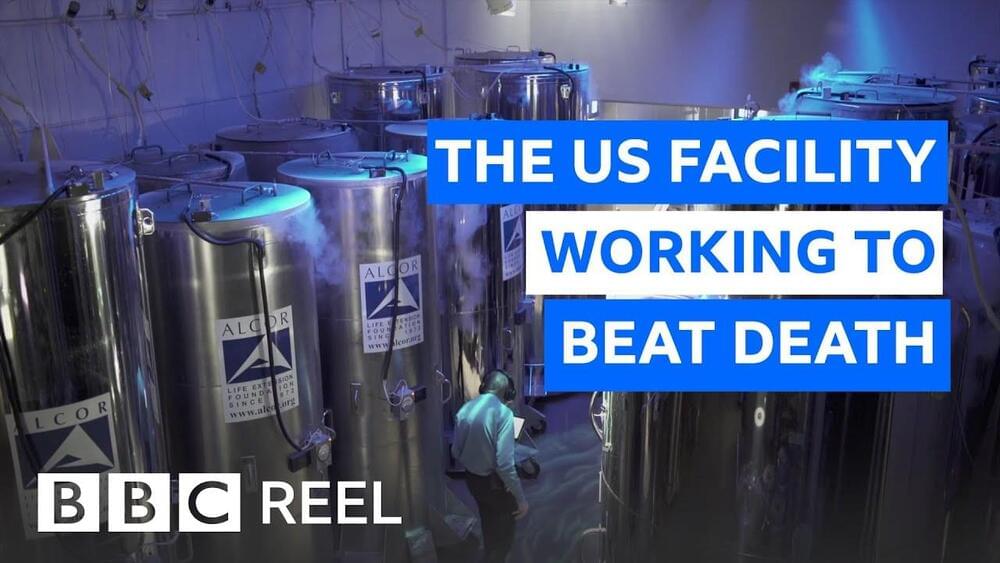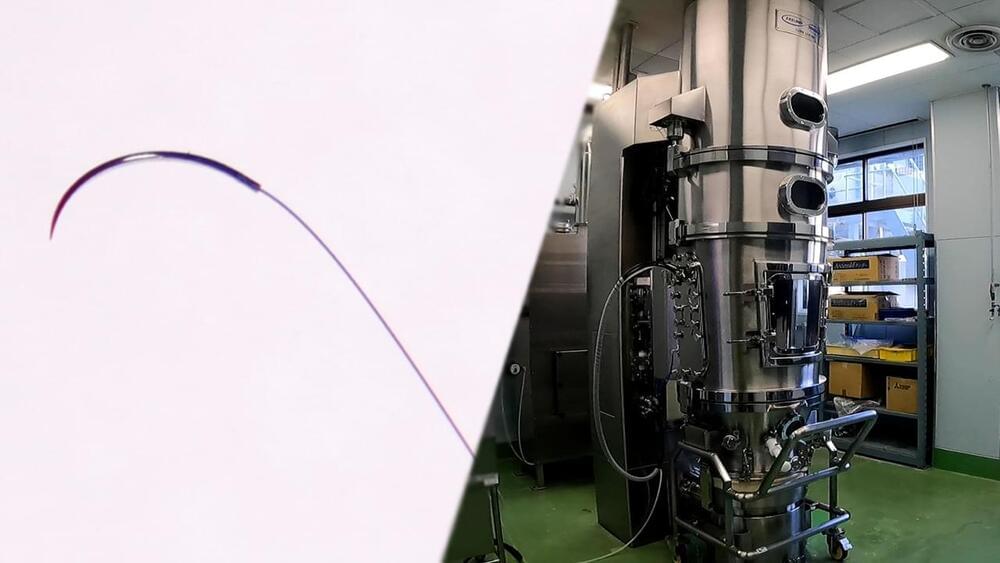
Scientists who study the cosmos have a favorite philosophy known as the “mediocrity principle,” which, in essence, suggests that there’s really nothing special about Earth, the sun or the Milky Way galaxy compared to the rest of the universe.
Now, new research from CU Boulder adds yet another piece of evidence to the case for mediocrity: Galaxies are, on average, at rest with respect to the early universe. Jeremy Darling, a CU Boulder astrophysics professor, recently published this new cosmological finding in The Astrophysical Journal Letters.
“What this research is telling us is that we have a funny motion, but that funny motion is consistent with everything we know about the universe —there’s nothing special going on here,” said Darling. “We’re not special as a galaxy or as observers.”
